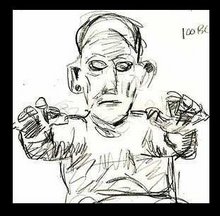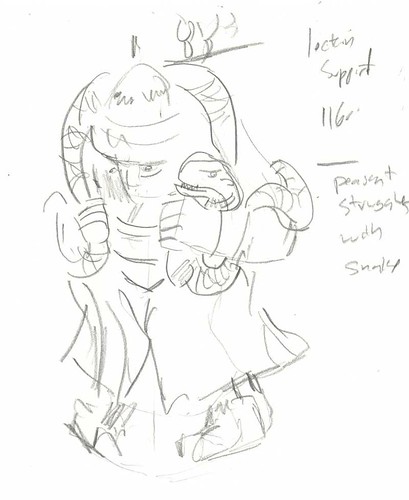
Tonight I went to MKZC (The Maria Kannon Zen Center) and spent 90 minutes sitting in an almost lotus position (with short silent walking breaks every 30 minutes).
Back in the 90s I spent 7 years or so regularly sitting on my own and going once a week to the Zendo and the occasional retreat (aka sesshin). So after being away for nearly 8 years it was interesting to get back in the sitting swing of things.
The teacher (Ruben Habito) was there tonight and offered dokuson (individual interview) so I took advantage of this treat. The ability to have one on one time with an official Zen Teacher who has the “Imprimatur” to teach from Zen masters is really quite amazing. Who would think Dallas, TX would have such an opportunity?
The ritual of going to dokusan adds weight to the activity but since Ruben is so welcoming you are instantly at ease.
MKZC follows a relatively modern lineage in that it officially started in 1954 which is WAY new as far as these things go. The founder is famous from Roshi Kapleau's Three Pillars of Zen. The twist for Sanbo Kyodan is that it blends the two main types of Zen, Rinzai and Soto. Rinzai is best known for the use of the zen riddles called koans while Sōtō usually just focuses on “just sitting” or “Shikantaza”
I don't know if I'll totally switch my Wednesday routine form Aikido to Sitting, but I will probably at least return next week





